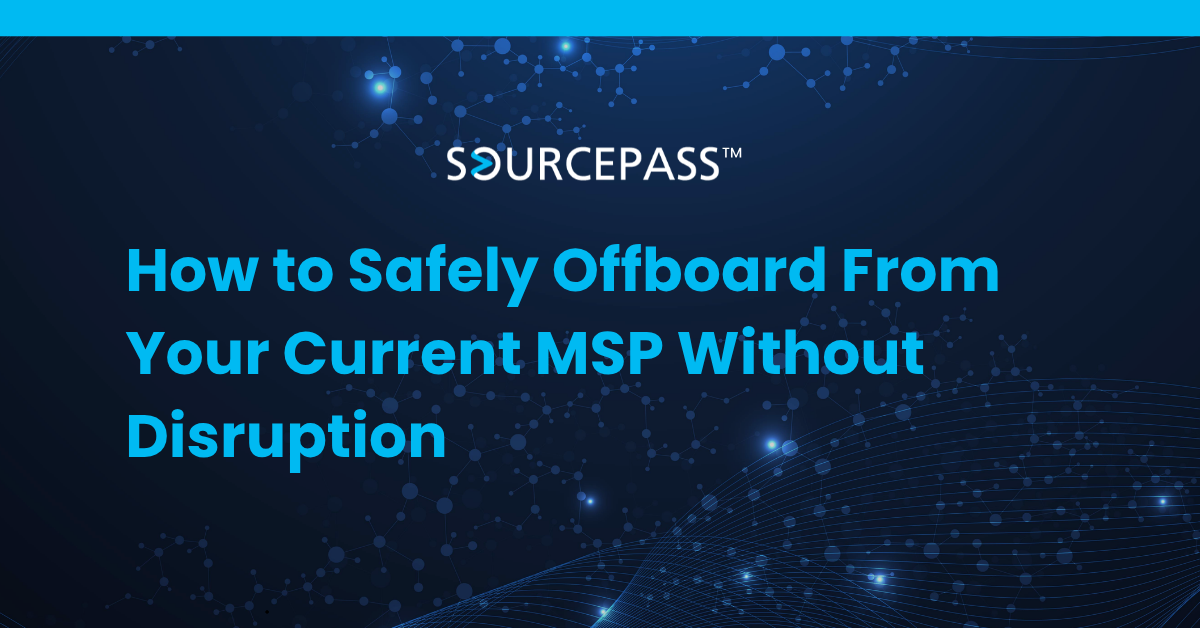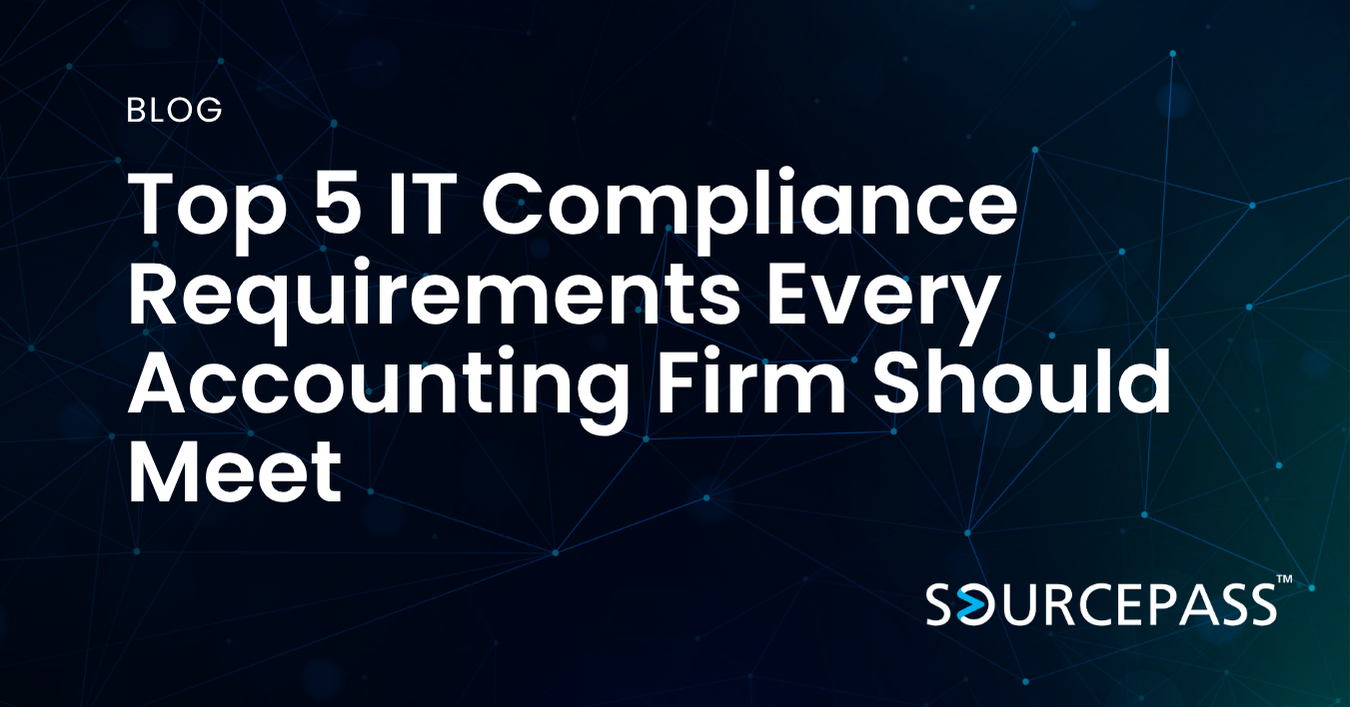How to Safely Offboard From Your Current MSP Without Disruption
Oct 22, 2025 Alex Davis IT Services & Support 2 min read



Switching managed service providers (MSPs) can be an opportunity to improve your IT performance, security, and service experience. But without careful planning, the transition can lead to data loss, downtime, or even legal complications.
Here’s a step-by-step guide to safely offboard from your current MSP and set your new provider up for success.
1. Review Your Contract Terms
Before taking any action, review your existing MSP agreement carefully. Look for key clauses around:
-
Notice requirements: Many contracts require written notice within a specific timeframe, such as 30, 60, or 90 days before renewal. Missing that window can automatically extend your agreement.
-
Renewal date: Confirm your true renewal or end-of-term date. Some contracts auto-renew on the anniversary of signing rather than the calendar year-end.
-
Termination terms: Identify any fees or obligations tied to early termination or data transfer.
-
Asset ownership: Ensure clarity around who owns hardware, software licenses, or configurations created during the partnership.
Understanding these terms will protect your organization from unexpected costs or compliance issues.
2. Secure Your Access and Credentials
As part of your offboarding plan, confirm that your organization—not your outgoing MSP—owns and controls all credentials, administrative accounts, and key systems.
Focus on regaining or verifying access to:
-
Domain registrar and DNS records
-
Email and M365 admin accounts
-
Backup systems
-
Network firewalls and routers
-
Cloud platforms and security portals
Store all credentials in a secure password management tool, and share them directly with your incoming provider during onboarding.
3. Request Full Documentation
Ask your current MSP to provide complete technical documentation before the relationship ends. This includes:
-
Network diagrams
-
Device inventories
-
Security configurations
-
Backup schedules
-
Software license details
-
Support ticket history
Comprehensive documentation helps your new provider understand your IT environment quickly and minimize disruption during transition.
4. Plan for a Secure Data Transfer
Your MSP may host or manage data on your behalf, such as backups, logs, or cloud systems. Work with them to:
-
Confirm what data will be transferred and when
-
Verify secure transfer methods
-
Test restored data for integrity
-
Ensure no sensitive data is left behind on the old MSP’s systems
It’s also a good idea to document the transfer process for internal compliance and recordkeeping.
5. Coordinate the Offboarding Timeline
Once your new provider is selected, align your offboarding and onboarding timelines. This ensures continuity of services such as email, remote access, and network monitoring.
Schedule your MSP transition window so that your outgoing partner remains active until your new provider has fully deployed their tools and verified operational stability.
If possible, include a short overlap period to maintain support coverage and prevent downtime.
6. Conduct a Final Audit
Before fully disengaging, perform a final audit to verify:
-
All vendor-owned tools or agents have been removed
-
Administrative privileges are updated
-
Hardware and software ownership is confirmed
-
Open support tickets are resolved
-
Payment and billing are settled
This step ensures your environment is clean, secure, and fully under your organization’s control.
7. Document the Process Internally
Once the transition is complete, record key details internally, including:
-
Contract end date and confirmation of termination
-
Contact information for the outgoing MSP
-
Documentation received and where it’s stored
-
Lessons learned for future vendor management
These records will simplify future IT transitions and strengthen your organization’s vendor governance.
FAQs
What is the best time to start offboarding from an MSP?
Start reviewing your contract and planning your offboarding at least 90 days before your renewal date. This gives you time to send notice, select a new provider, and plan the transition.
Can I switch MSPs before my contract ends?
Yes, but you may be subject to early termination fees or penalties. Review your contract and discuss options with your new provider to determine the best path forward.
How long does the offboarding process take?
A typical MSP offboarding takes 30–60 days, depending on contract terms, network complexity, and data transfer requirements.
What happens if I don’t send termination notice on time?
If you miss the notice window, your contract may auto-renew for another term. Always confirm your renewal date early to avoid being locked in.
How can I ensure my data remains secure during the transition?
Work with both providers to use encrypted transfer methods, maintain access logs, and verify that backups and credentials are complete before offboarding ends.
Subscribe To
Sourcepass Insights
Sourcepass Insights
Stay in the loop and never miss out on the latest updates by subscribing to our newsletter today!
.png?width=500&height=100&name=White%20Logo%20-%20Transparent%20Tag%20(3).png)



